EXPLORING HYGIENIC PRACTICES WITHIN THE REGION ONE EDUCATION DIRECTORATE: AN IN-DEPTH EXAMINATION OF LOWER AND UPPER BASIC SCHOOLS IN THE GAMBIA
ABSTRACT
This research focuses on assessing hygiene practices at the Lower and Upper Basic levels in the Region One Education Directorate of
The Gambia.
The objective is to identify areas for improvement and develop effective strategies to promote and maintain proper hygiene among students and staff. The study employed a descriptive cross-sectional research design, collecting data from headteachers through face-to-face interactions using a questionnaire.
A sample of 74 schools was randomly selected from a population of 195 schools in the region.
The collected data was analyzed using SPSS software, and the findings were presented through visual representations.
The research reveals significant challenges related to water, hygiene, and sanitation in the schools studied.
Lack of proper handwashing facilities, limited availability of soap, and unsanitary toilet conditions were prevalent issues.
Water scarcity and inadequate supplies were also identified as challenges, requiring alternative sources for water provision.
These findings emphasize the urgent need for improved water infrastructure, enhanced handwashing facilities, provision of soap,
proper toilet maintenance, and collaboration among stakeholders.
The results of this study provide valuable insights for policymakers, education authorities, and relevant stakeholders to implement
targeted interventions and improve hygiene practices in schools within the Region One Education Directorate and potentially inform similar efforts in other regions or countries facing similar challenges.
Keywords: Hygiene, practices, School, handwashing, behavior change.

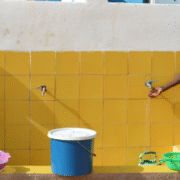 AFWASA
AFWASA ETABLISSEMENTS SCOLAIRES ASSAINIS DANS LA VILLE PROVINCE DE KINSHASA
ETABLISSEMENTS SCOLAIRES ASSAINIS DANS LA VILLE PROVINCE DE KINSHASA AAEA
AAEA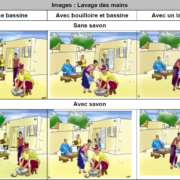 AAEA
AAEA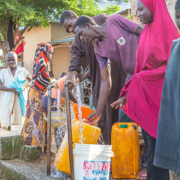 AFWASA
AFWASA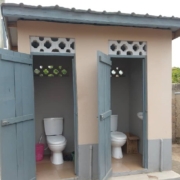 AFWASA
AFWASA AAEA
AAEA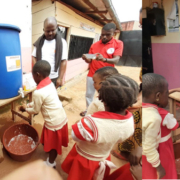 AFWASA
AFWASA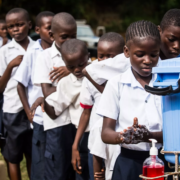 AAEA
AAEA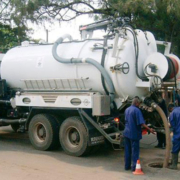 AAEA
AAEA